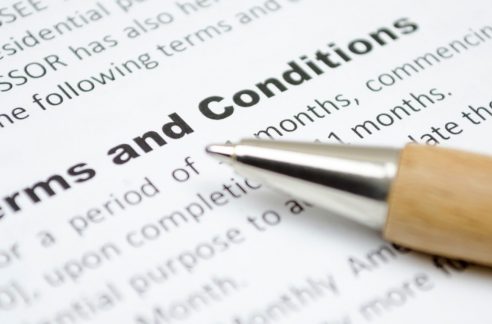processes and proceedings
Acquisition and sale processes are two roles of the same process, that’s the buying and selling one.While the responsibilities of those who buy and sell are different, the essential points of the buying and selling procedure are common to both, and summarized as follows:
NEGOTIATION
It defines purchase guidelines and details that interest the most buyer and seller.
– How much: at what price
– How: payment methods
– When: timing of the further steps
– While: out-of-pocket expenses (maintenance, bonds) and economic elements to face (mortgage, extra).
PURCHASE PROPOSAL
It’s a binding commitment; the proposer delivers of a deposit, which may be accepted or not by the seller.
The painstaking seller owns or makes available all the relevant property documents.
The painstaking buyer:
– Analyze all the proposal before signing it.
– Declare his payment method and credit access timing.
ACCEPTANCE OF THE PROPOSAL AND PAYMENTS
Once the seller accepts the offer, it becomes binding for both parties.
Deposit confirms the agreement reached while its receipt will be used by the notary, when parties will then gather to sign the final deed.
PRELIMINARY AGREEMENT
It is the document that formalizes the sale, created by buyer and seller and signed by all the parties involved.
Contract can be made with a private writing or by a notary, whereas we want further advices about its wholeness and formal integrity either.
Main points that a preliminary contract must contain:
– Property and parties’data identification, involved in the transaction
– nature and handling of bonds and mortgages
– property’s technical certifications
– amounts paid up to that moment and if they are down payments or deposits.
– Intermediaries role and honorary.

PURCHASE PROPOSAL’S REGISTRATION AND THE PRELIMINARY.
Both purchase proposal and preliminary contract are registered within the Internal Revenue Service.
From registering a first home, buying from a construction company rather than from a private individual, each case provides slightly different rates and costs, which will have an impact on the preliminary.
For all these cases mentioned, however, taxes paid will be then discounted by those on the final contract.
PRELIMINARY CONTRACT TRANSCRIPTION
It’s an additional security the buyer can choose to use; this transcription could be made through a notarial deed, then delivered to the National or County Record of Deeds, within the Real Estate Deeds category.
As a precautionary principle, is often adopted when factors as time between the preliminary contract and the final act will getting longer, when a large deposit is involved and / or when the seller is a legal entity.
Transcription of the contract guarantees priority before any other official event (ex: selling to others) and the buyer ensures an advantage in terms of solvency also (in case of bankruptcy).
NOTARY AND RESPONSIBILITY
Buyers usually choose the notary, precisely because they are the most economically involved among both parties.
Notary’s responsibilities cover all the aspects that happen before, during and after the deed’s drafting.
Before signing, notary will check that property is freed from any formal encumbrance: the result will be indicated in the deed itself.
During the deed’s drafting, notary will declare whether the seller can really sell and the buyer can really buy (their suitability or legitimacy), which reciprocal payment methods subjects have agreed on and, regarding the property, tax provisions.
Finally, after the drafting and signing of the deed, notary will proceed to its registration (for tax purposes) and transcription (to safeguard the parties against third parties).
Notary also provides additional tax and legal advice if concrete issues arise at the moment.
Regarding his responsibility, if the deed has a formal defect, the notary has the duty to rectify it; if there’s a substantial defect that has caused damage or prejudice, a person can even ask a claim for the damage caused.




















